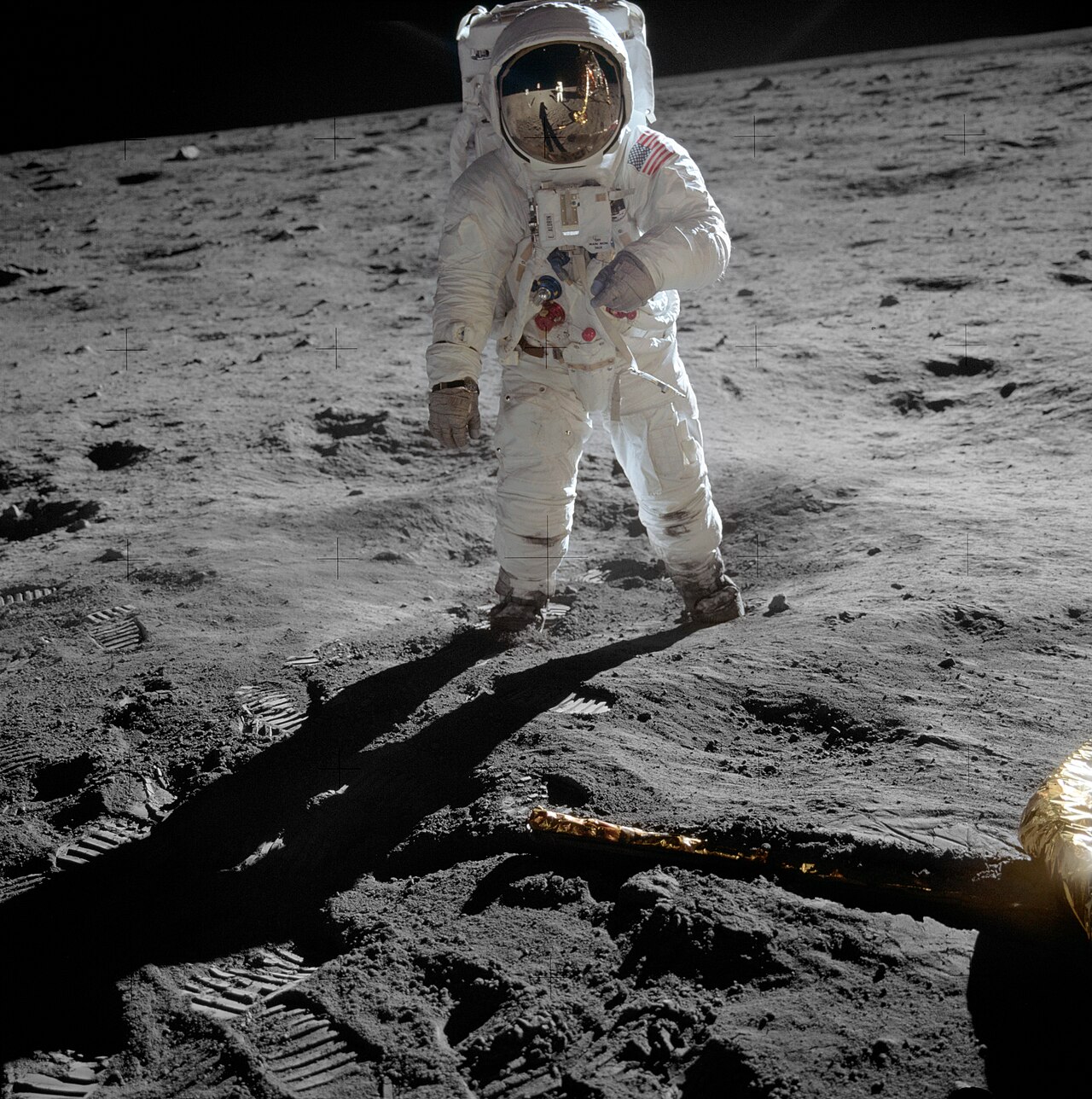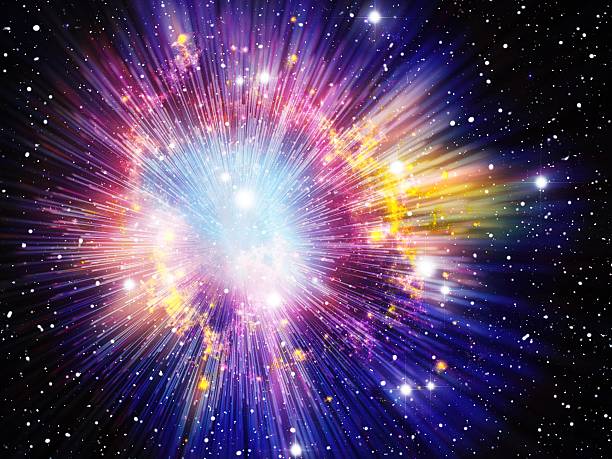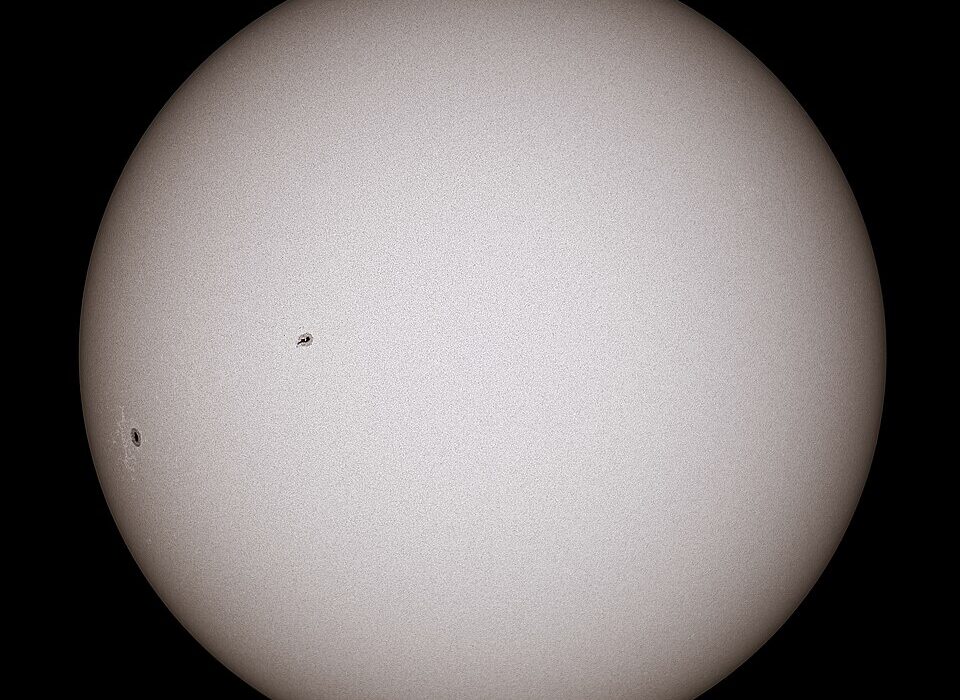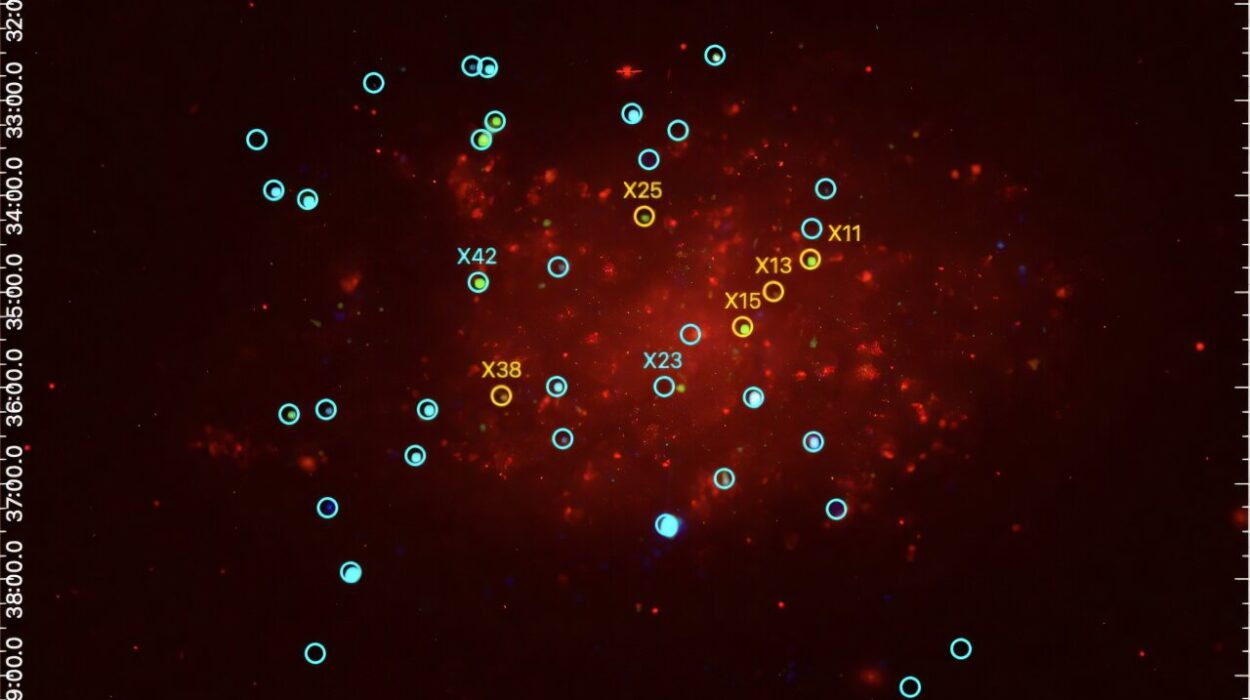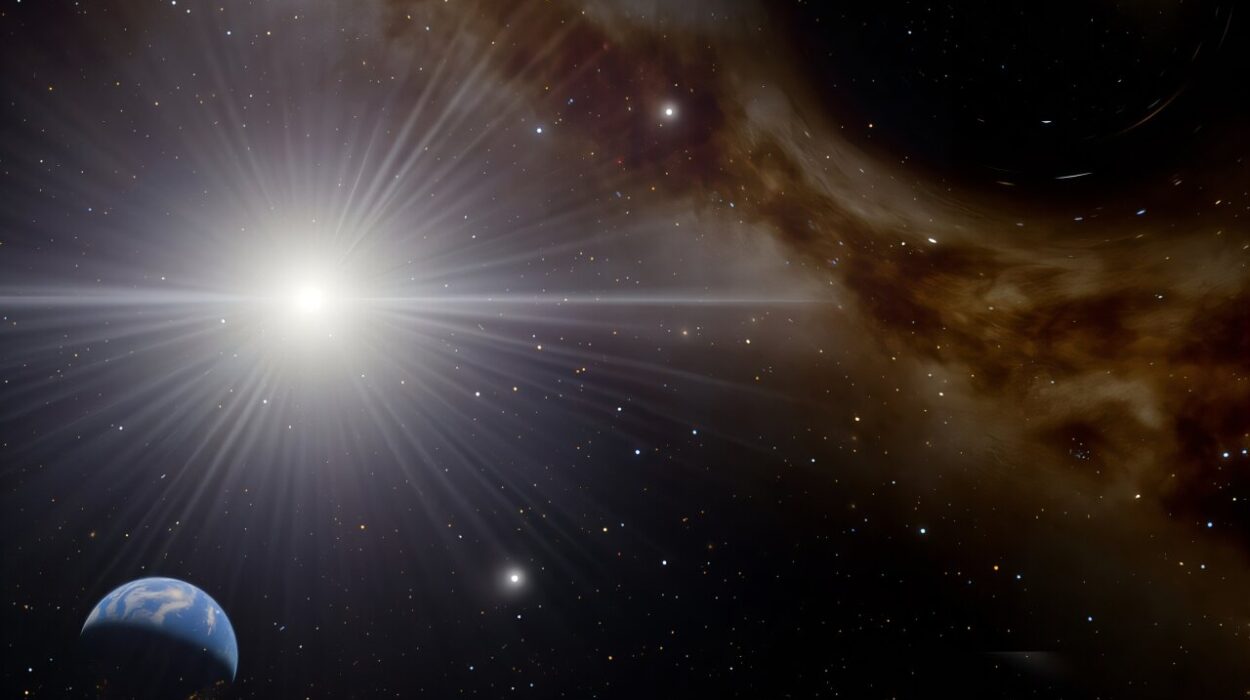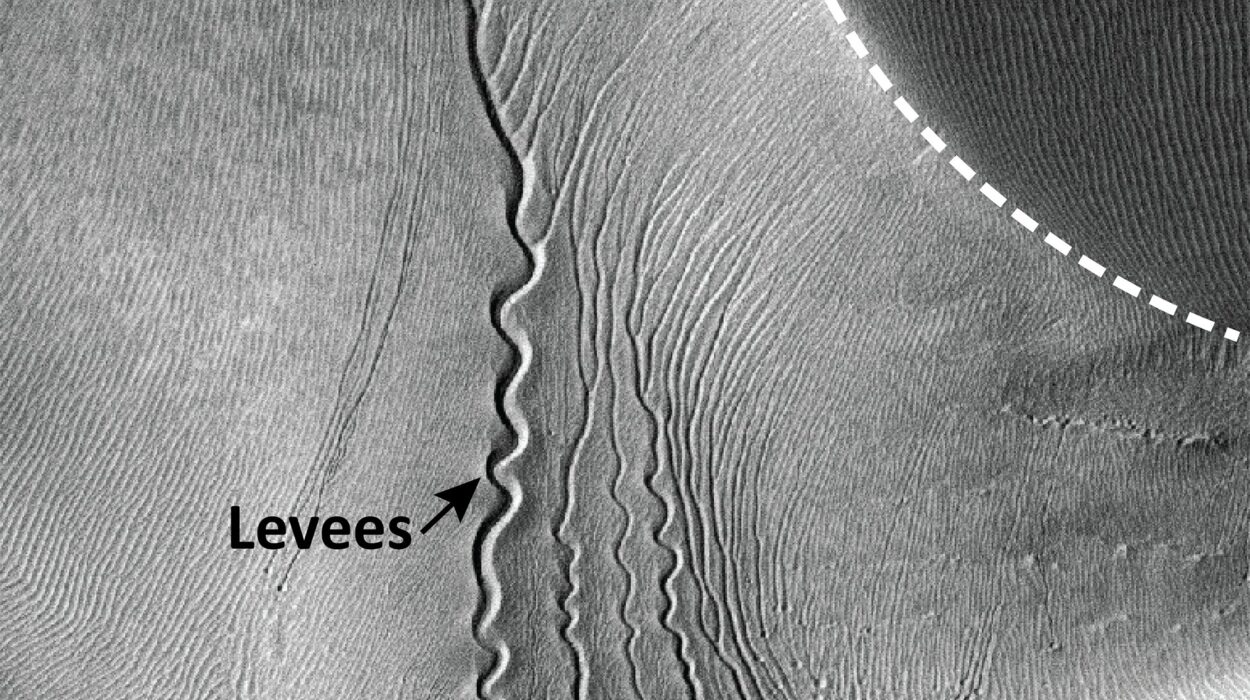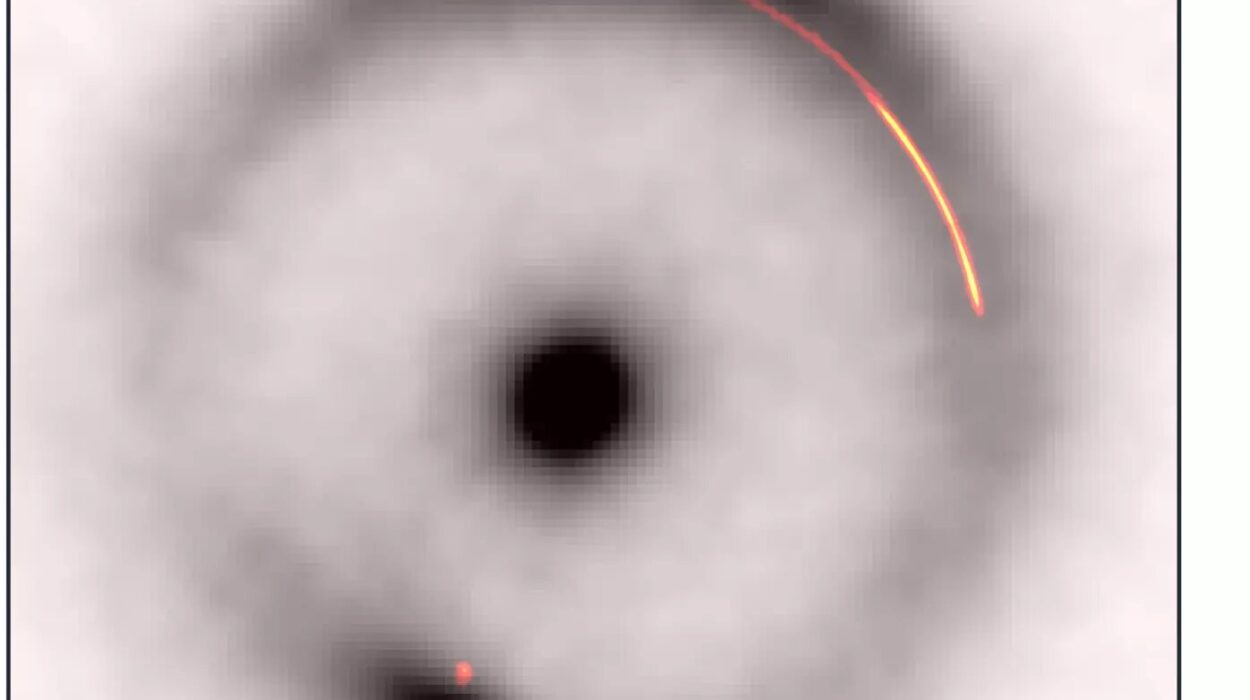Humanity has always looked to the sky with wonder, dreaming of distant worlds, stars, and the secrets of the universe. For millennia, the stars were beyond reach—mysteries to be pondered by philosophers, sailors, poets, and priests. But in the 20th century, those dreams became engines and rockets. Fire met fuel, and the heavens grew closer. From the thunderous rise of the first rockets to the delicate landing of robotic explorers on alien worlds, the history of space exploration is one of the most inspiring sagas in human history.
This journey has seen triumphs and tragedies, astonishing ingenuity and cosmic luck, and missions so daring they seem torn from the pages of science fiction. These are the greatest space missions of all time—not merely the most famous or expensive, but those that redefined what is possible, transformed our understanding of the cosmos, and etched themselves into the collective imagination of humankind.
Sputnik 1: The Beep That Changed the World
The dawn of the Space Age began with a beep from orbit. On October 4, 1957, the Soviet Union launched Sputnik 1, the first artificial satellite. It was a small, silver sphere just 23 inches in diameter, with four spindly antennas and a radio transmitter. But when its signal reached Earth, it was heard around the world—not only by radio receivers, but in the hearts of all who understood its meaning.
Sputnik 1 wasn’t designed for scientific discovery. It didn’t carry cameras or sensors. Its primary purpose was political and symbolic: to show that the Soviet Union could launch satellites—and, by extension, intercontinental ballistic missiles. But its implications went far deeper. The United States was caught off-guard, triggering a surge of investment in science education and technology that would lead to the creation of NASA.
Sputnik’s short, 21-day life in orbit changed the world forever. It marked the first time a human-made object entered space and proved that space exploration was no longer fiction. It was real, and it had begun.
Apollo 11: One Giant Leap for Mankind
No list of historic space missions is complete without Apollo 11, the mission that brought humanity to the Moon. On July 20, 1969, Neil Armstrong stepped off the lunar module Eagle and placed his boot on the dusty surface of the Moon. “That’s one small step for man,” he said, “one giant leap for mankind.”
The journey to that moment was a story of determination, tragedy, and brilliance. The Apollo program was conceived as part of a Cold War competition, spurred by President John F. Kennedy’s bold declaration in 1961 that America would land a man on the Moon and return him safely to Earth by the end of the decade.
The mission itself was a marvel of engineering and audacity. The Saturn V rocket, the largest ever built, thundered off the launch pad with 7.6 million pounds of thrust. The crew—Neil Armstrong, Buzz Aldrin, and Michael Collins—navigated a quarter of a million miles to reach lunar orbit. Armstrong and Aldrin descended to the surface, while Collins remained in the command module.
They spent just over two hours walking on the Moon, collecting samples and deploying instruments. But the cultural and scientific impact was immeasurable. It proved that humans could travel to another world—and come back. The image of Buzz Aldrin standing on the Moon, with Armstrong reflected in his visor, became an icon of exploration.
Apollo 11 wasn’t just a mission. It was a milestone in human history—the first time our species set foot on another world.
Voyager 1 and 2: Emissaries to the Stars
Launched in 1977, Voyager 1 and 2 were designed to take advantage of a rare planetary alignment that occurs once every 176 years. Their mission: to explore the outer planets and then sail on into interstellar space. What they accomplished has become one of the greatest tales in science.
Voyager 1 flew by Jupiter in 1979 and Saturn in 1980, sending back stunning images of the Great Red Spot, Saturn’s rings, and moons like Io and Titan. Voyager 2 followed a slightly different path, becoming the only spacecraft to visit all four gas giants—Jupiter, Saturn, Uranus, and Neptune. It revealed the ice volcanoes of Triton, the tilted magnetic field of Uranus, and a previously unseen ring system around Neptune.
Both spacecraft carry the famous Golden Record—a 12-inch phonograph record encoded with sounds and images from Earth, designed as a greeting to any alien intelligence that might someday find them. Greetings in 55 languages, music from Bach to Chuck Berry, and images of life on Earth are etched into a disk that now travels beyond the solar system.
In 2012, Voyager 1 became the first human-made object to enter interstellar space, and Voyager 2 followed in 2018. More than 45 years after their launch, both probes are still transmitting data. They are the furthest-reaching expressions of human curiosity—a whisper from our small blue planet traveling into the cosmic dark.
Hubble Space Telescope: Eyes on the Universe
When the Hubble Space Telescope was launched in 1990 aboard the Space Shuttle Discovery, expectations were sky-high. Orbiting above Earth’s atmosphere, Hubble was supposed to see the universe in unprecedented clarity. But soon after deployment, scientists realized something was wrong. The images were blurry. A tiny flaw in the primary mirror—a manufacturing error just 2.2 microns wide—threatened to doom the mission.
In 1993, astronauts aboard the Space Shuttle Endeavour performed one of the most daring space repair missions ever attempted. They installed corrective optics—essentially, contact lenses for a telescope. The result was transformative.
Hubble began to deliver images that reshaped our understanding of the universe: galaxies colliding in slow-motion ballets, the birth and death of stars, planetary nebulae with stunning symmetry. Perhaps its most iconic achievement was the Hubble Deep Field, a long exposure of a seemingly empty patch of sky that revealed thousands of galaxies, some billions of light-years away.
Hubble confirmed the existence of dark energy, measured the rate of the universe’s expansion, and watched stars go supernova in real-time. It has become one of the most productive scientific instruments in history—and a symbol of what happens when science, engineering, and vision come together.
Mars Rovers: Pathfinders on the Red Planet
Mars has long fascinated humanity—a world both like and unlike our own, with polar ice caps, massive volcanoes, and canyons deeper than Earth’s Grand Canyon. But it was the arrival of rovers on its dusty surface that began to unlock its secrets.
The first successful rover, Sojourner, was part of the 1997 Pathfinder mission. It was small, weighing just 23 pounds, but it proved that remote-controlled exploration of another planet was possible. Then came Spirit and Opportunity in 2004—identical twin rovers sent to opposite sides of Mars. They were designed to last 90 days. Spirit lasted over six years. Opportunity rolled for almost 15 years, traveling more than 28 miles across the Martian surface. Its final transmission—”My battery is low and it’s getting dark”—was poetic and heartbreaking.
Curiosity, which landed in 2012 using a “sky crane” system never before attempted, is a nuclear-powered laboratory on wheels. It has discovered organic molecules, measured radiation levels for future astronauts, and confirmed that ancient Mars once had conditions suitable for life.
And then came Perseverance in 2021, equipped with more sophisticated instruments and even a tiny helicopter named Ingenuity. Perseverance is searching for signs of ancient life and preparing samples that may one day be returned to Earth.
These robotic pathfinders have done what no human has yet dared—traversed alien terrain, climbed Martian hills, and sent back postcards from another world.
Cassini-Huygens: The Lord of the Rings
When the Cassini spacecraft arrived at Saturn in 2004, after a seven-year journey through the solar system, it began what would become one of the most celebrated missions of planetary exploration.
Cassini orbited Saturn for 13 years, sending back data and images of the ringed planet, its moons, and its magnetic field. It revealed the complex structure of Saturn’s rings, studied its storms, and discovered new moons.
One of the mission’s most extraordinary achievements came from its European companion, the Huygens probe. In 2005, Huygens descended through the thick orange atmosphere of Titan, Saturn’s largest moon, and landed on its frozen surface. It became the first spacecraft to land on a body in the outer solar system.
Cassini also discovered that another moon, Enceladus, has a subsurface ocean that sprays water into space through geysers—one of the most promising places in the solar system to search for life.
As its fuel dwindled, NASA engineers sent Cassini on a series of daring dives between Saturn and its rings. Then, on September 15, 2017, it plunged into the planet’s atmosphere, sending data to the very end. Cassini’s “Grand Finale” was a fitting end for a mission that redefined our understanding of planetary systems.
International Space Station: A Home in Orbit
The International Space Station (ISS) is not a single mission, but the sum of many—an ongoing project of science, diplomacy, and engineering. Launched piece by piece starting in 1998, the ISS is the largest human-made object in space and the most complex international scientific collaboration in history.
Orbiting Earth every 90 minutes, the ISS serves as a laboratory, observatory, and outpost. Astronauts from around the world conduct experiments in biology, physics, medicine, and materials science. The unique microgravity environment allows for research not possible on Earth.
The ISS is also a testbed for long-duration human spaceflight—essential preparation for future missions to the Moon and Mars. It has been continuously inhabited since November 2000, hosting over 260 people from 20 different countries.
Beyond its scientific contributions, the ISS represents what humanity can accomplish together. At a time of global conflict and division, it remains a shining example of international cooperation, orbiting silently above a world still learning how to share.
James Webb Space Telescope: Time Machine to the Early Universe
Though still in the early stages of its mission, the James Webb Space Telescope (JWST), launched in 2021, has already begun to revolutionize astronomy. Designed as the successor to Hubble, JWST orbits a million miles from Earth, protected by a massive sunshield the size of a tennis court.
Its infrared instruments allow it to peer through dust clouds to see the birth of stars and galaxies, and to look further back in time than any telescope before it. JWST’s first images—a deep field of distant galaxies, a star nursery in the Carina Nebula, and the atmosphere of a distant exoplanet—were breathtaking.
JWST is expected to answer fundamental questions about the formation of the first galaxies, the birth of stars and planets, and the potential for life beyond Earth. It is, in many ways, a time machine—looking so far into space that it reveals light that began its journey billions of years ago.
With each observation, JWST pushes the boundaries of human understanding, making it one of the most important space missions of the modern age.
Conclusion: The Next Giant Leap
The history of space exploration is still being written. New missions—like the Artemis program to return humans to the Moon, or planned journeys to Mars—promise to expand the frontier further. Private companies are entering the arena, making spaceflight more accessible. Telescopes, rovers, orbiters, and crewed missions all point toward a future in which space is not just a destination but a domain.
But even as we look forward, we must marvel at how far we’ve come. From a tiny satellite that beeped overhead to robots exploring alien worlds and telescopes peering into the dawn of time, our journey into space is the story of a species that dares to reach beyond itself.
These missions are not just engineering achievements—they are human ones. They remind us that the cosmos is not beyond our grasp. It is within our reach, waiting, just beyond the atmosphere, for the next daring leap.
